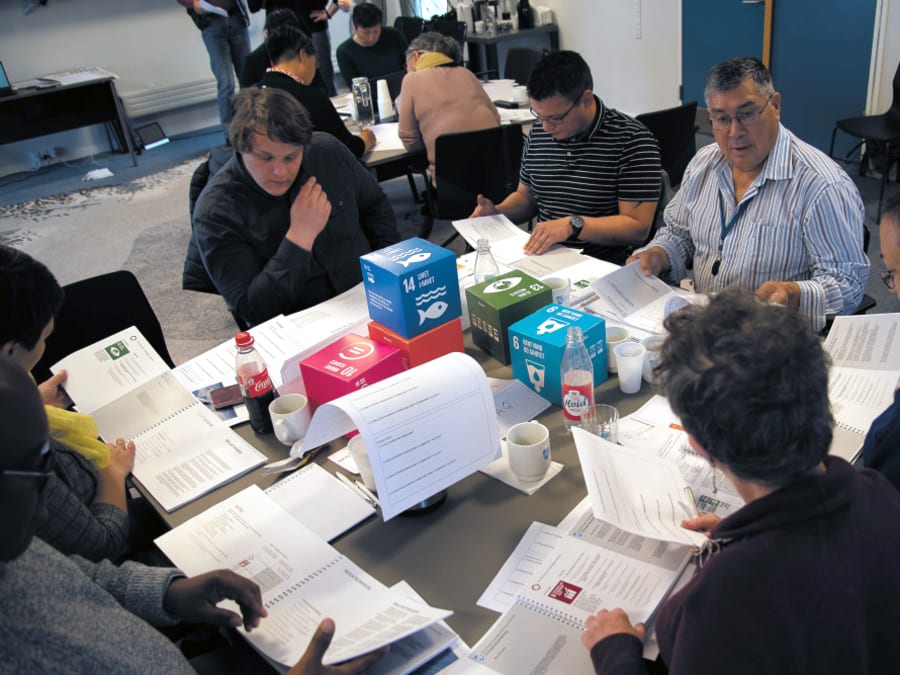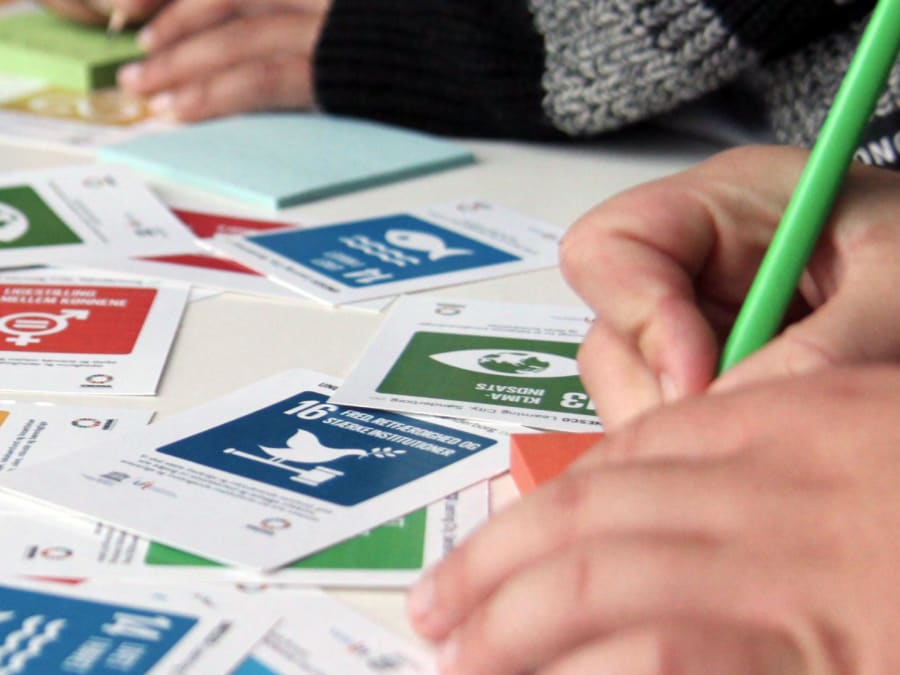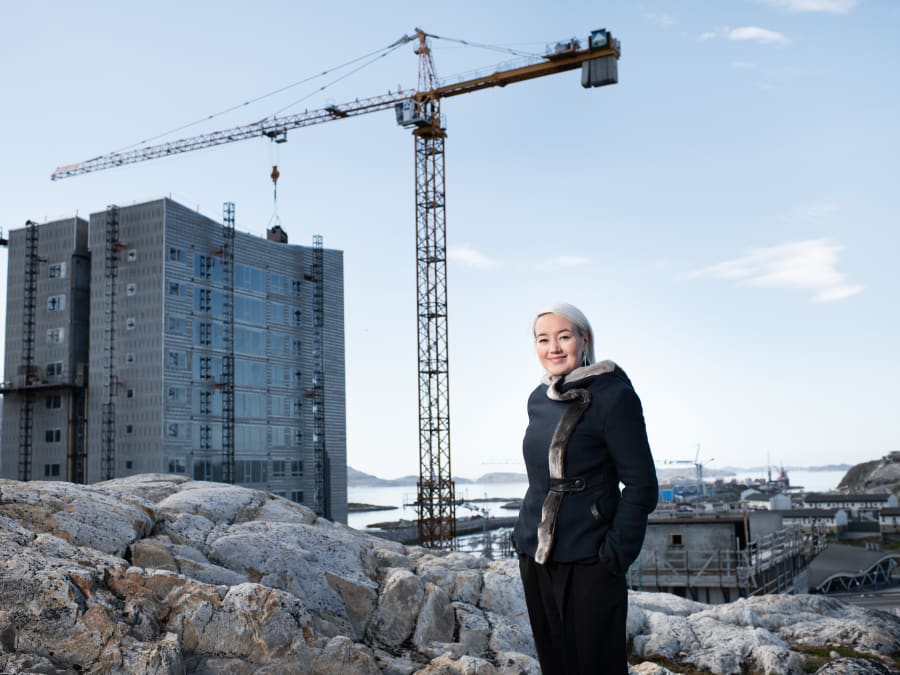
Citizens involvement in municipality planning
Avannaata Kommunia has decided that the UN's global goals for sustainable development must be the basis for the forthcoming municipal plan and uses the world goals to involve citizens…
Here are a few indicators for this goal that it is possible to measure today. In the near future, Statistics Greenland will publish an SDG 2030 subpage for stat.gl with various available statistics relevant to the work on the SDG 2030 agenda.
Participants in the 2018 population surbey who lived in overcrowded homes
Source: SIF (2019) Befolkningsundersøgelsen i Grønland 2018. Levevilkår, livsstil og helbred
Statens Institut for Folkesundhed
Waste treatment in Greenland 2018
Source: Nordic Statistics (table WASTE01)
Global indicator (11.6.1) Proportion of urban solid waste regularly collected and with adequate final discharge out of total urban solid waste generated, by cities
Every day, people are taking action to make sure this Global Goals is met. See what’s been going on below.

Avannaata Kommunia has decided that the UN's global goals for sustainable development must be the basis for the forthcoming municipal plan and uses the world goals to involve citizens…

Nordic report on Nordic municipalities' work with world goals.

New global goals strategy is based on the SDG 2030 agenda and helps to ensure coherence in efforts across the municipality's administrations.
Everyone can help to make sure that we meet the Global Goals. Use these ten targets to create action to make cities and communities sustainable.

By 2030, ensure access for all to adequate, safe and affordable housing and basic services and upgrade slums.

By 2030, provide access to safe, affordable, accessible and sustainable transport systems for all, improving road safety, notably by expanding public transport, with special attention to the needs of those in vulnerable situations, women, children, persons with disabilities and older persons.

By 2030, enhance inclusive and sustainable urbanization and capacity for participatory, integrated and sustainable human settlement planning and management in all countries.

Strengthen efforts to protect and safeguard the world’s cultural and natural heritage.

By 2030, significantly reduce the number of deaths and the number of people affected and substantially decrease the direct economic losses relative to global gross domestic product caused by disasters, including water-related disasters, with a focus on protecting the poor and people in vulnerable situations.

By 2030, reduce the adverse per capita environmental impact of cities, including by paying special attention to air quality and municipal and other waste management.

By 2030, provide universal access to safe, inclusive and accessible, green and public spaces, in particular for women and children, older persons and persons with disabilities.

Support positive economic, social and environmental links between urban, peri-urban and rural areas by strengthening national and regional development planning.

By 2020, substantially increase the number of cities and human settlements adopting and implementing integrated policies and plans towards inclusion, resource efficiency, mitigation and adaptation to climate change, resilience to disasters, and develop and implement, in line with the Sendai Framework for Disaster Risk Reduction 2015–2030, holistic disaster risk management at all levels.

Support least developed countries, including through financial and technical assistance, in building sustainable and resilient buildings utilizing local materials.